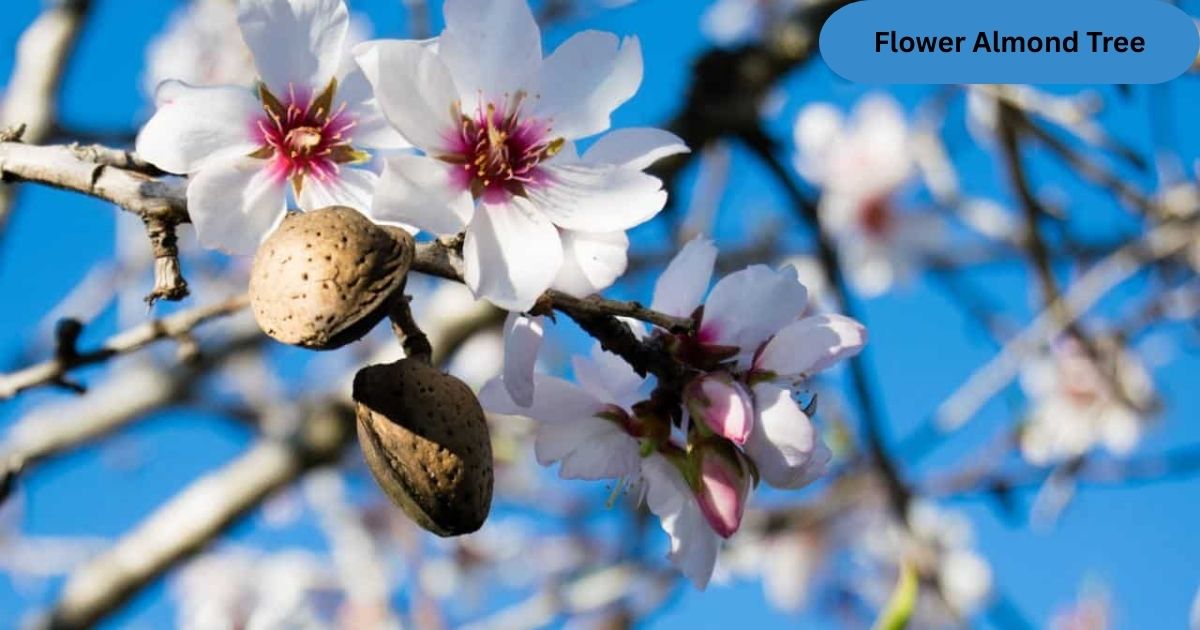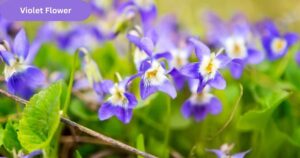The flower almond tree, known for its breathtaking blossoms, is a symbol of beauty and renewal. It is often admired for its pink or white blooms that appear before the leaves in early spring. These trees are not just ornamental but also signal the changing seasons with elegance. Their charm makes them a favorite in gardens and landscapes worldwide.
Native to the Middle East and South Asia, the almond tree has a rich cultural and agricultural history. It is one of the first trees to bloom, bringing life to otherwise dormant surroundings. The flowers not only beautify but also attract pollinators like bees. This early flowering nature makes it an essential part of spring ecosystems.
Botanical Characteristics of the Almond Tree
The flower almond tree, scientifically named Prunus dulcis, belongs to the Rosaceae family. It’s a deciduous tree that typically grows 10 to 15 feet tall. The flowers, usually pink or white, have five petals and a light, sweet fragrance. Their delicate appearance adds a romantic touch to any setting.
The tree has lance-shaped, serrated leaves that appear shortly after the blossoms. It also produces edible seeds—almonds—within a hard shell. Almond trees thrive in sunny locations with well-drained soil. Their moderate size and lovely flowers make them ideal for small to medium-sized gardens.
Blossoming Season and Flowering Pattern
The almond tree is among the earliest to flower, typically blooming from late winter to early spring. This flowering period varies slightly depending on the region and climate conditions. In warmer areas, blooms may appear as early as January. Cooler climates may see flowers in February or March.
The blossoms emerge before the foliage, creating an enchanting floral display. Each flower lasts for a few days, but the full blooming period can span several weeks. The tree may appear completely covered in soft pink or white petals. This spectacle attracts photographers, gardeners, and nature lovers alike.
Ideal Growing Conditions for Almond Flowers
For optimal flowering, almond trees need full sunlight and well-drained soil. They prefer warm, dry climates, similar to those found in Mediterranean regions. Adequate chill hours during winter also help stimulate spring blooming. A balance of sun and winter cold ensures abundant blossoms.
Avoid planting them in heavy clay or waterlogged soil, which can cause root rot. Regular watering during dry periods supports healthy growth, especially in the first few years. Pruning helps maintain the tree’s shape and encourages more blossoms. Fertilizing in late winter can also improve bloom quality and quantity.
Pollination and Importance to Ecosystems
Almond flowers play a vital role in pollination and biodiversity. They rely heavily on bees and other pollinators to transfer pollen between blossoms. This pollination is crucial not only for nut production but also for maintaining ecological balance. Each flower becomes a potential seed when pollinated properly.
In commercial orchards, beekeepers often bring in hives to aid pollination. The trees provide an early source of nectar and pollen for bees. This mutual relationship supports both almond production and pollinator survival. A single healthy almond tree can host hundreds of buzzing bees during flowering.
Symbolism and Cultural Significance
In many cultures, the almond flower symbolizes new beginnings, hope, and purity. Its early bloom makes it a metaphor for the awakening of life after winter. In the Bible and ancient Middle Eastern texts, the almond tree represents watchfulness and divine promise. The blossoms are often used in festivals and celebrations.
In Chinese tradition, almond flowers stand for feminine beauty and charm. Poets have long admired their delicate appearance and ethereal quality. In modern contexts, the almond blossom is a favorite motif in art and design. Its brief yet brilliant life mirrors themes of fleeting beauty and renewal.
Ornamental and Commercial Uses
The almond tree is both ornamental and economically valuable. Gardeners prize it for its floral display, while farmers grow it for nuts. Its dual role makes it a practical and beautiful addition to various landscapes. In residential areas, dwarf varieties are often used for their manageable size.
Commercially, almond flowers are the first step in nut production. Once pollinated, flowers turn into green fruits containing the edible seed. This transition from bloom to harvest marks the tree’s seasonal journey. The nuts are later used in cooking, skincare, and health products worldwide.
Caring for the Flower Almond Tree
To maintain its flowering potential, the almond tree needs regular care. This includes annual pruning, especially in late winter before blooming begins. Removing dead or crossing branches allows better airflow and sunlight. This helps reduce the risk of disease and promotes vibrant flowers.
Pests like aphids and fungal diseases can affect flower health. Using organic sprays or neem oil can keep issues in check. Applying mulch around the base helps retain moisture and suppress weeds. With proper care, an almond tree can live and bloom beautifully for decades.
Read More: What Does Peony Seeds Look Like
Conclusion
The flower almond tree offers a perfect blend of aesthetic appeal and practical value. Its early spring blossoms signal the end of winter with charm and grace. From symbolizing renewal to supporting ecosystems, it plays many meaningful roles. Whether in a backyard or orchard, it stands as a beacon of natural beauty.
Caring for this tree brings not just blooms but a deeper connection to the rhythm of the seasons. Watching it go from bare branches to full flower is a rewarding experience. With its delicate petals and cultural depth, the flower almond tree is truly one of nature’s treasures.
FAQ’s
When does the flower almond tree bloom?
The flower almond tree typically blooms in late winter to early spring.
How tall does a flower almond tree grow?
It generally grows 10 to 15 feet tall.
What color are the flowers of the almond tree?
Almond tree flowers are usually pink or white.
Does the flower almond tree produce edible nuts?
Yes, it produces almonds, which are edible seeds.
How do almond trees get pollinated?
Almond trees rely on bees and other pollinators for pollination.









